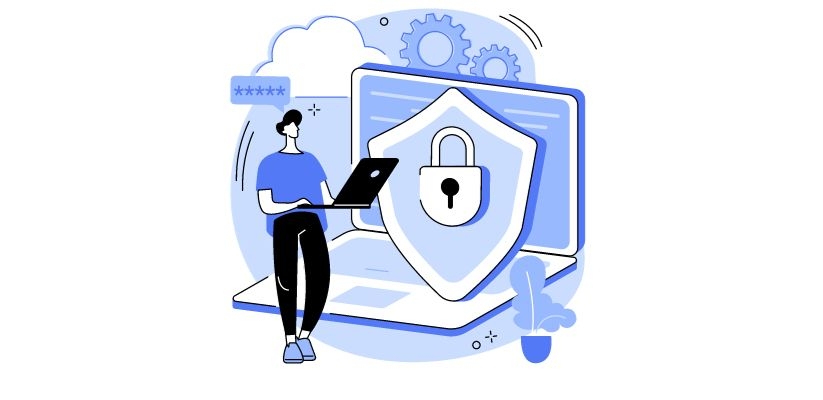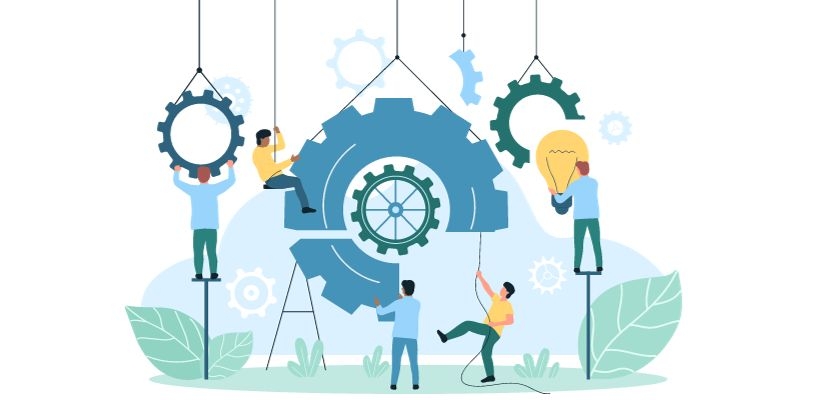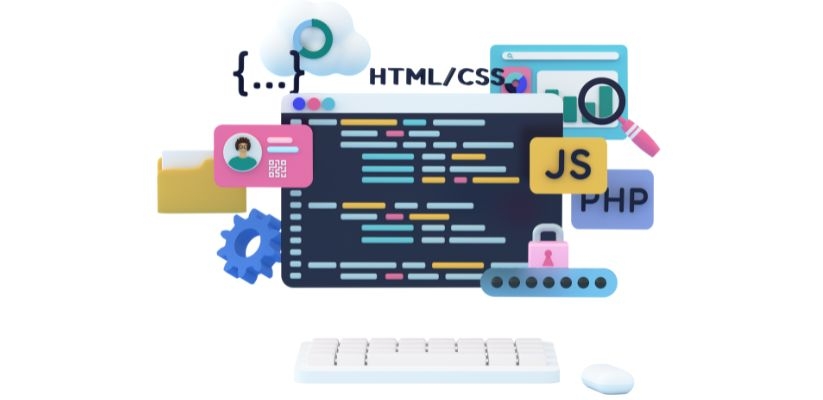Cybersecurity involves a meticulous series of steps:
1. **Risk Appraisal**:
- A comprehensive risk assessment, wherein critical digital assets, systems, and data are identified and ranked in order of their protection priority.
- A comprehensive understanding of potential threats and vulnerabilities that may jeopardize the organization is vital, encompassing aspects like malware, phishing, insider threats, and even physical security breaches.
2. **Cybersecurity Policy and Governance**:
- Developing a robust cybersecurity policy and institute governance mechanisms to ensure adherence to the established standards.
- Clearly defining roles and responsibilities and implementing an incident response strategy and disaster recovery plan.
3. **Asset Inventory**:
- Constructing a comprehensive catalog of all digital assets, encompassing hardware, software, and data, inclusive of servers, workstations, mobile devices, and cloud resources.
4. **Vulnerability Assessment**:
- Excuting network and system scans to uncover vulnerabilities, using a combination of automated and manual evaluations.
- Leveraging vulnerability databases and specialized tools like Nessus, OpenVAS, or Qualys facilitates the identification of weak points.
5. **Penetration Testing**:
- Engage in ethical hacking endeavors to identify vulnerabilities from the perspective of a potential attacker.
- Subsequently, rectify any vulnerabilities unveiled during penetration testing to bolster overall security.
6. **Access Control and Identity Management**:
- Implementing stringent access controls, embracing the principle of least privilege.
- Employing robust authentication mechanisms, including multi-factor authentication (MFA).
7. **Network Security**:
- Employing firewalls and intrusion detection/prevention systems to safeguard your network.
- Utilizing encryption protocols for data in transit, such as VPNs and secure transport protocols like HTTPS.
8. **Endpoint Security**:
- Assuring that all devices are fortified with current antivirus solutions.
- Deploying endpoint detection and response (EDR) systems to detect and respond to potential threats.
9. **Data Protection**:
- Encrypt ingsensitive data, both at rest and in transit.
- Regularlying back up data and rigorously test restoration procedures.
10. **Employee Training and Awareness**:
- Conducting cybersecurity education sessions to equip employees with best practices, particularly in countering phishing and social engineering tactics.
- Cultivating a security-conscious organizational culture.
11. **Incident Response**:
- Develop a well-defined incident response strategy that delineates precise steps to be taken in the event of a security breach.
- Subject this strategy to tabletop exercises to ensure its effectiveness.
12. **Third-Party Risk Management**:
- Evaluating the security practices of vendors and third-party partners who have access to your data.
- Ensuring their adherence to your established security standards.
13. **Compliance**:
- Verifying the alignment of your cybersecurity measures with pertinent regulations and standards, such as GDPR, HIPAA, NIST, and ISO 27001.
14. **Monitoring and Alerting**:
- Establishing continuous monitoring of your systems to detect anomalies.
- Configuring real-time alerts for potential security incidents.
15. **Regular Audits and Updates**:
- Conscientiously audit ing and updating your security measures to adapt to evolving threats and vulnerabilities.
16. **Documentation and Reporting**:
- Maintaining meticulous records of your cybersecurity initiatives and incidents.
- Generating periodic reports to gauge the efficacy of your security measures.
17. **Review and Enhancement**:
- Continuously evaluate and refine your cybersecurity measures based on ongoing monitoring, emerging threats, and technological advancements.
18. **Security Awareness Programs**:
- Administer security awareness campaigns to ensure that employees remain informed about the latest threats and adhere to best practices.
It is essential to recognise that cybersecurity is an ongoing process, necessitating a comprehensive approach encompassing individuals, procedures, and technology. Regular assessments, updates, and employee education are pivotal elements in upholding a resilient security posture.






